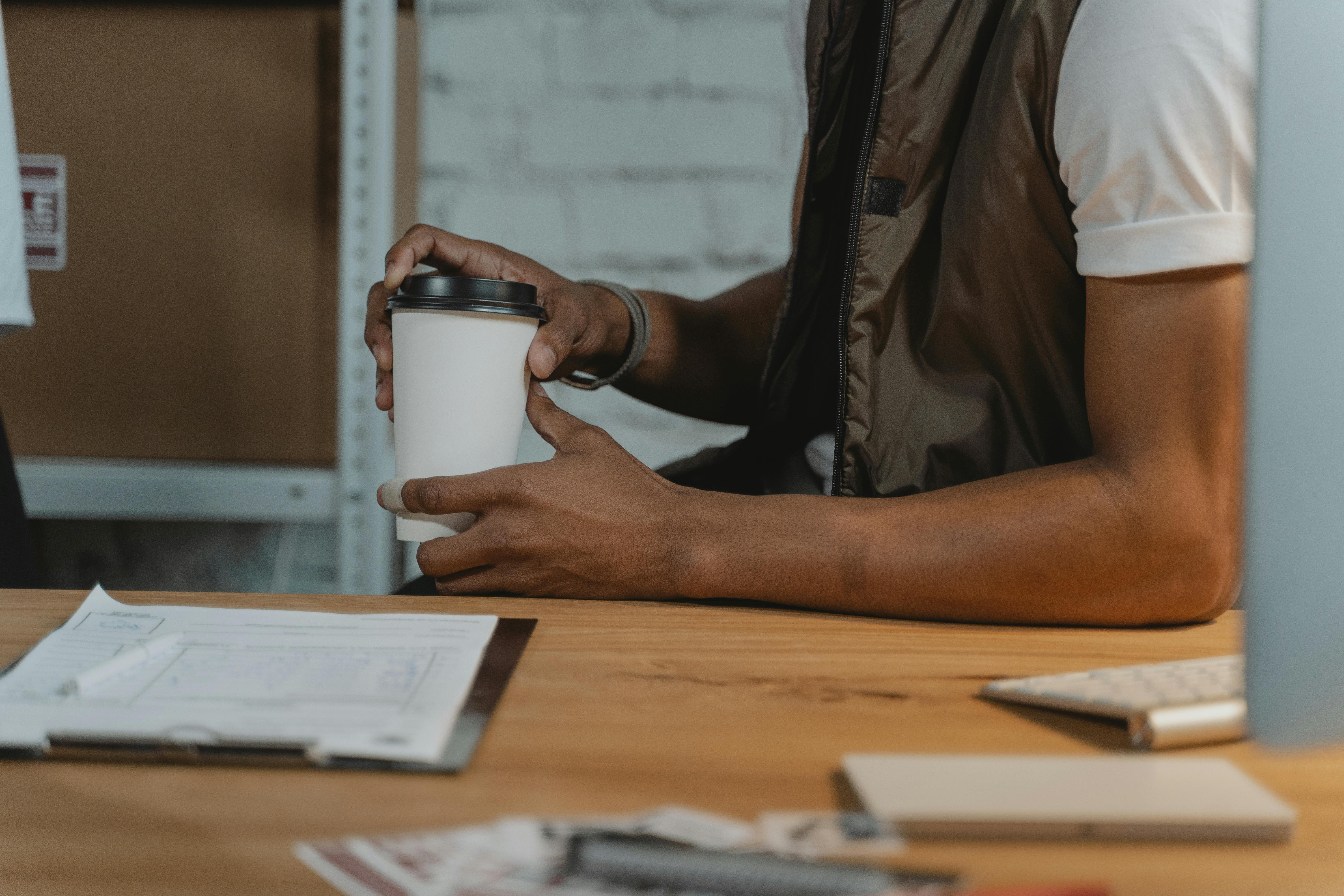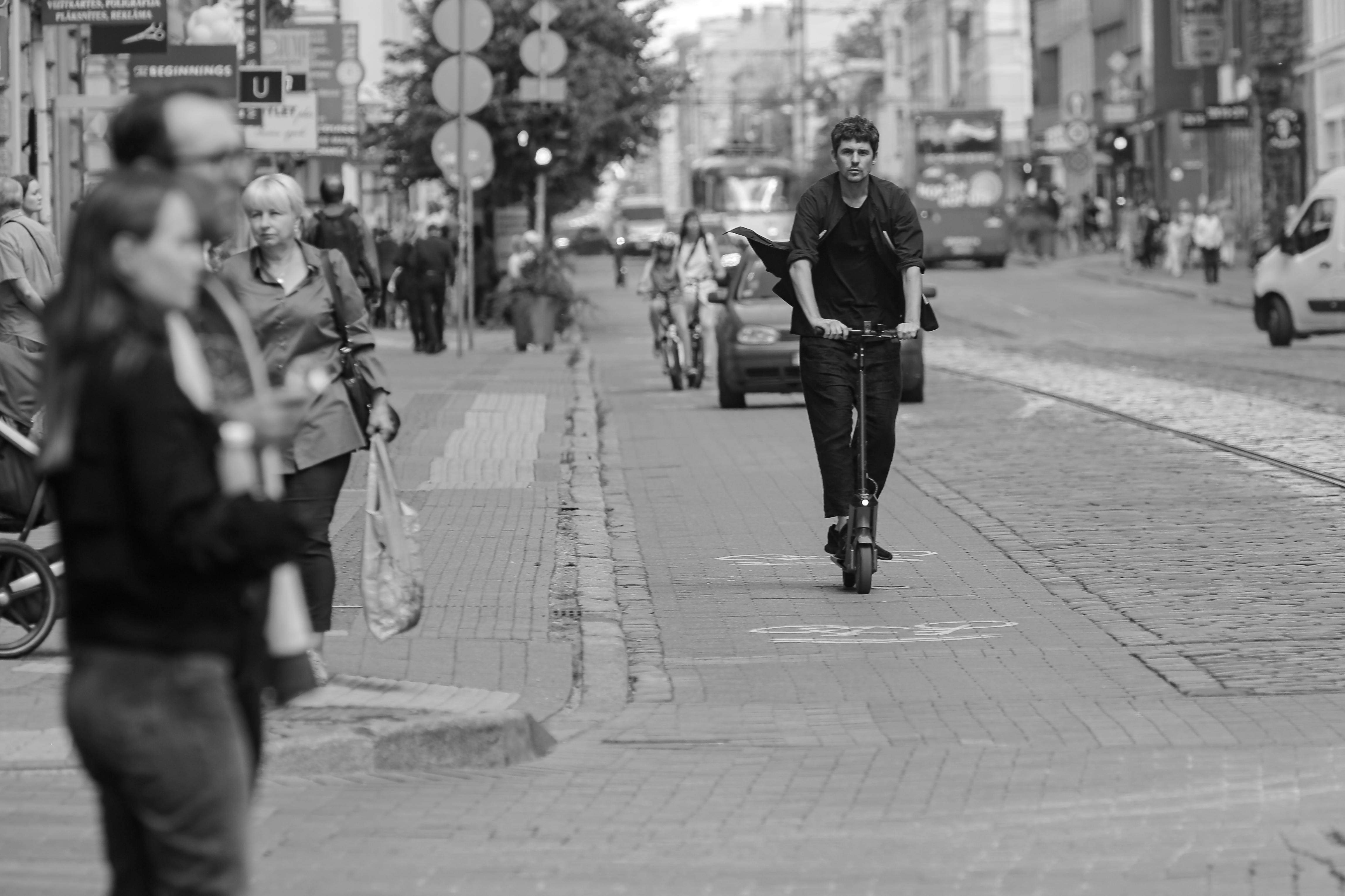Many karateka, both past and present, refer to stretching and flexibility training as an essential element of any karate training program.
A karateka who is actively seeking self-enlightenment will say that his stretching and flexibility training is essential if he wants to become a true karateka.
As a bonus for practicing karate, which is after all combat training. Stretching brings the muscles, joints, and tissues of the body to a state of readiness and perfection so that the karateka can control not only the movements of his hands and feet to maximum effect, but also his breathing.
To this end, stretching uses every muscle group in the body and is the driving force behind many of the techniques in karate that require strength and concentration (kime).
In fact, flexibility in the joints and muscles can add power and dynamic movement, and also act as an anchor point for speed, endurance, and balance.
Also, flexibility training can contain a large number of exercises. I know some martial arts and karate practitioners in particular; Keep in mind that some of the old traditional styles of stretching exercises are somewhat dangerous for your joints. However, some of the exercises have been improved by modern understanding of how to do certain types of stretching exercises through biomechanics and kinesiology. But unfortunately, there are still some exercises of this type that are used in some dojos and, as part of the tradition, they are passed down even to the youngest students.
So from your perspective, in order to understand how certain muscle groups react when you perform a stretching exercise and how muscles work with each other, you must first learn how to isolate and train each muscle group for maximum effectiveness.
Any stretch, as with all forms of exercise, should be developed slowly, always placing more emphasis on correct technique rather than the number of reps performed. A common mistake is trying to overstretch too fast, which can result in a pulled muscle or tendon. It’s important to remember to include stretching in your training program because the overall benefits far outweigh any risk of injury. Also, regular stretching practice can help prevent serious injury during a training session.
Dojo training should be used to develop the flexibility and, in turn, the strength needed in karate or any other martial art. The key to stretching is to isolate the various muscle groups and bring them through a safe range of motion, gradually increasing the amount of stretch you do.
Stretching and gaining a good standard of flexibility requires a lot of training, but as long as you take your time and adopt safe, up-to-date practices, your efforts will be effective and help you improve your techniques in the true spirit of karate. On top of that, you will have discovered why stretching is the driving force in karate-do.
Stay safe.
Buzz Campion.



